Tag: CSS Texas
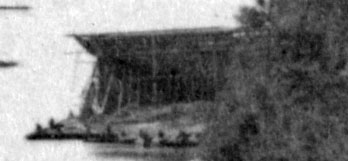 Wikipedia says: CSS Texas was the third and last Columbia-class (or Tennessee-class according to some sources) casemate ironclad built for the Confederate Navy during the American Civil War. Not begun until 1864 and intended to become part of the James River Squadron, she saw no action before being captured by Union forces while still fitting out. CSS Texas was reputed to have been one of the very best constructed Confederate ironclads, second only to CSS Mississippi.
Wikipedia says: CSS Texas was the third and last Columbia-class (or Tennessee-class according to some sources) casemate ironclad built for the Confederate Navy during the American Civil War. Not begun until 1864 and intended to become part of the James River Squadron, she saw no action before being captured by Union forces while still fitting out. CSS Texas was reputed to have been one of the very best constructed Confederate ironclads, second only to CSS Mississippi.
History
Designed by John L. Porter, the Confederacy’s chief naval designer, CSS Texas belonged to an 1863/64 class of three ironclads, with CSS Tennessee (1863) (also referred to as the CSS Tennessee II) and CSS Columbia, all three slated to be sister ships. Of the three, only Tennessee was completed and commissioned, proving her mettle in the Battle of Mobile Bay. Columbia was launched but incapacitated while being completed, never seeing operational duty in the Civil War, despite later being captured, repaired, and appraised by the Union Navy.
The keel for CSS Texas was laid down at Rocketts Naval Yard, just outside Richmond, Virginia. She was launched in mid-January 1865, almost at exactly the same time as her unfinished sister ironclad Columbia was crippled beyond salvation. At the time of Robert E. Lee’s evacuation of Richmond on 3 April 1865, she was left unfinished but still intact at the Richmond Navy Yard. She was one of only two vessels (the other being the small iron-hulled gunboat CSS Beaufort) which escaped destruction by retreating Confederate forces, because attempts to set her ablaze proved unsuccessful. Captured when Richmond fell the following day, both ironclad and gunboat were appropriated “for use in the Navy”, as per Union Admiral David D. Porter (not related to the Texas designer). In his official report of April 12, 1865, Porter mentioned that he was informed that the engines and parts of her armor were not yet installed, residing undamaged but completed in the warehouses of the Richmond naval yard. He subsequently ordered all of it transported to the Norfolk Naval Shipyard, along with the ironclad. This task was begun on 3 May 1864 and completed the following day. Texas was towed downstream by three tugboats, accompanied by Union monitor USS Sangamon (1862), commanded by Lieutenant Commander R. Chandler, who was in charge of the overall operation.
As the war was winding down, and unlike her captured sister ship Tennessee. Texas was not commissioned into the Union Navy. She saw no active service, except for a trial run on 22 June 1865 with her engines apparently installed, the one and only time Texas was known to have sailed under her own power. She was eventually laid up at the Norfolk yard until 15 October 1867, when she was sold at auction for scrapping to J. N. Leonard & Co. of New Haven, Connecticut, having originally cost $218,068 to construct.
Design
The casemate of Texas was roughly octagonal, rather than being a sloped, rectangular, armored box, as on earlier Confederate ironclads and including her class sisters; during construction, it was shortened and reshaped due to critical war materials shortages, accounting for the substantially reduced number of crew needed, when compared to her class sister CSS Tennessee II. The casemate fitted snugly around her eight gun ports, six of which were to be used with two pivot cannons, each one firing from three forward and three aft gun port positions.
Details of her armament are sketchy, but her sister Tennessee II, carried four 6.4-inch (163 mm) Brooke rifles, two 7.0-inch (178 mm) Brooke rifles, and a bolted-on spar torpedo fitted to her bow. Tennessee II’s armor was three layers of 2-inch (51 mm) iron plate, and instead of being bolted to her deck, the pilot house formed a seamless extension of her sloped side-armor. Tennessee II’s top speed was about 5 knots (9.3 km/h; 5.8 mph), according to some sources, and her crew numbered about 133 sailors. However, it is unclear how closely Texas would have resembled her sister had she been completed, if at all, considering the shortages Texas had to contend with during construction.
Other sources gave Texas a (projected) top speed of about 10 knots (19 km/h; 12 mph). These note that both Tennessee II and Texas differed from each other in their final details due to a lack of available materials, notably the iron plate for her armor; her cannons and engines were also different. During construction, design improvements were also incorporated into Texas from lessons learned in combat with the Union Navy.
Particulars on her dimensions and propulsion, recorded by her Union captors, were later included as a statistical summary in the “Official Records of the Union and Confederate Navies in the War of the Rebellion”. It was stated that she measured 217 feet in length, 48.6 feet abeam, and was designed to draw 13 feet of water and 13.6 feet when fully loaded. She was a twin-engined vessel, each driving a separate propeller, powered by two 22′(L)×8.4′(W)×9.1′(H) boilers, heated by a 7′(L)×3.6′(W) furnace, with a grate surface area of 96.8 sq. ft. Recorded is also an appraisal of an inspecting Union officer, who deemed Texas as “(…) one of the best and most valuable hulls built by the Rebels”. It was only in this summary that the June 22 trial run was mentioned.
Showing all 5 results
-
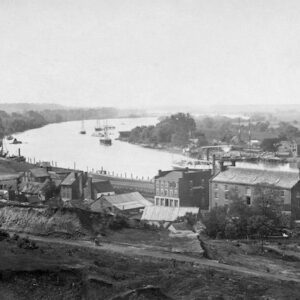
Image ID: AAKR
$6.99 -
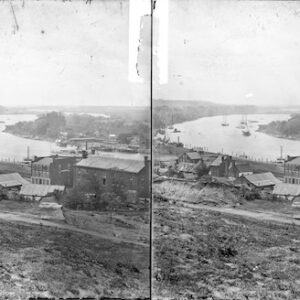
Image ID: ABOU
$6.99 -
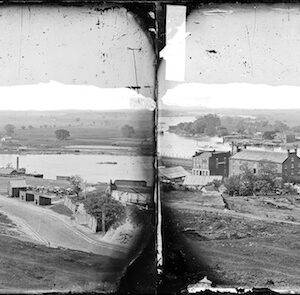
Image ID: AGZZ
$3.99 – $4.99 This product has multiple variants. The options may be chosen on the product page -
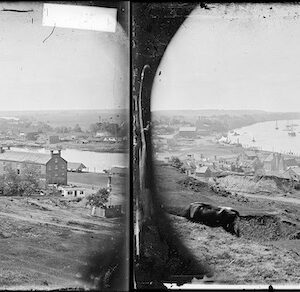
Image ID: AMNT
$3.99 – $4.99 This product has multiple variants. The options may be chosen on the product page -
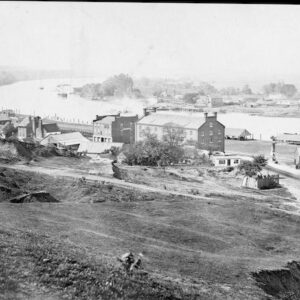
Image ID: APDZ
$6.99